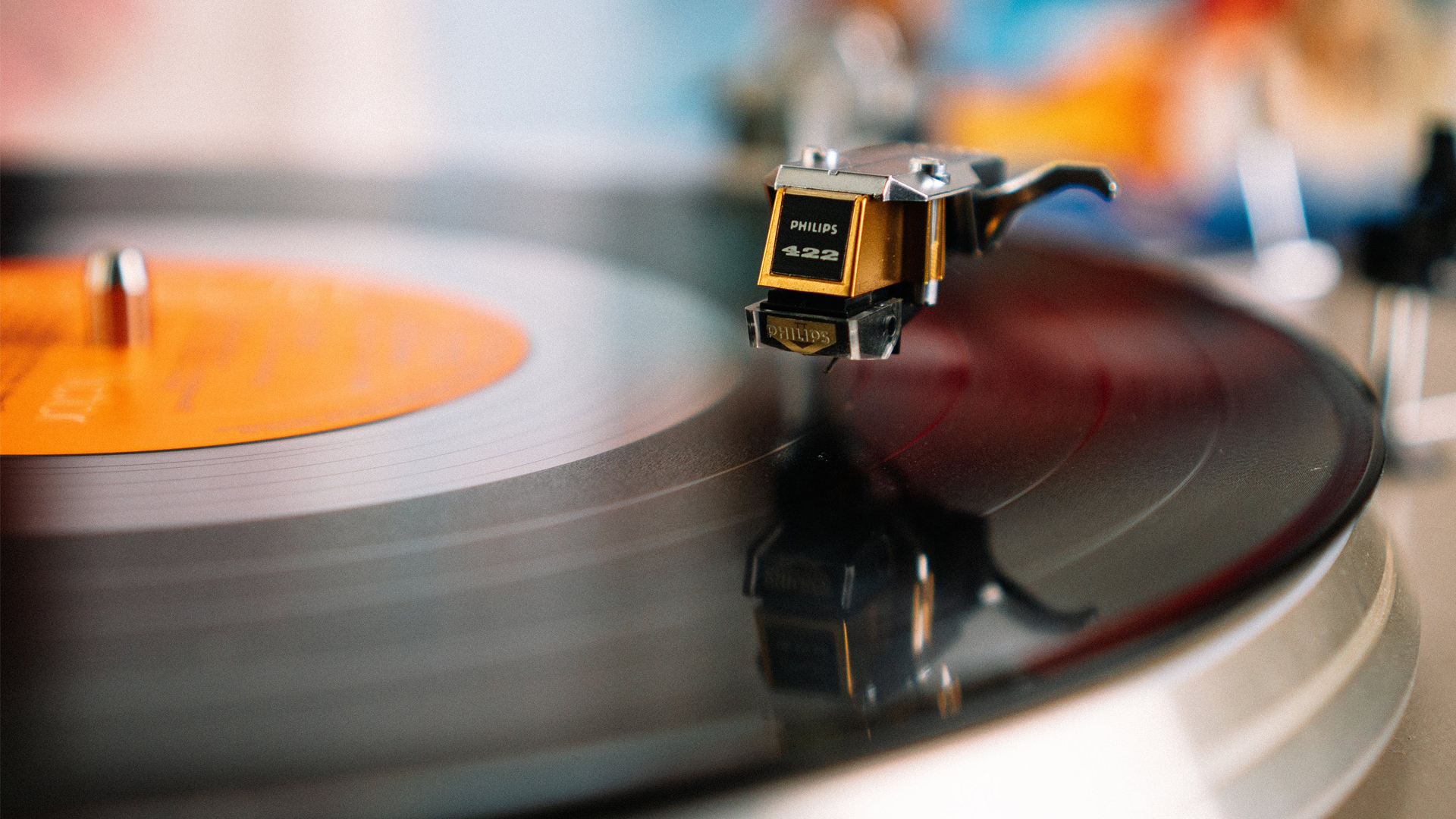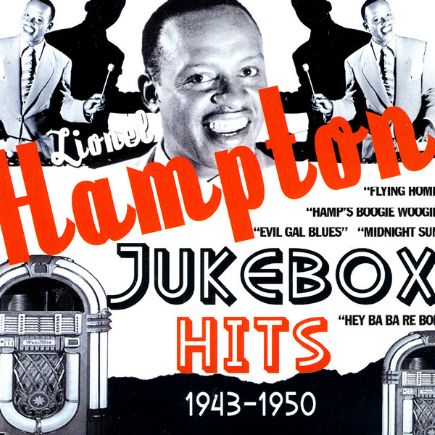On the Sunny Side of the Street: un hymne jazz à l’optimisme
Composée en 1930 par Jimmy McHugh, avec des paroles de Dorothy Fields, On the Sunny Side of the Street est longtemps restée entourée d’un doute persistant: certains affirment que Fats Waller en aurait été le véritable auteur, avant d’en céder les droits.
Créée dans la revue de Broadway Lew Leslie’s International Revue, interprétée par Harry Richman et Gertrude Lawrence, la chanson connaît un premier succès grâce à Ted Lewis, dont l’enregistrement atteint la deuxième place des classements. Mais c’est la version de Tommy Dorsey and the Sentimentalists, en 1945, qui s’impose comme la plus populaire, atteignant la 16e place des charts.
La véritable portée de ce standard ne peut se comprendre sans revenir au contexte de sa création: celui de la Grande Dépression. Dans une Amérique meurtrie, la musique devient un refuge, un souffle d’espoir. On the Sunny Side of the Street incarne alors une forme de résilience joyeuse: celle qui consiste à tourner le regard vers la lumière, même en pleine obscurité.
Sa structure harmonique, à la fois simple et subtile, repose sur un jeu entre majeur et mineur qui traduit musicalement ce passage de l’ombre à la clarté.
Lionel Hampton et l’éclat du vibraphone
Enregistrée à New York le 26 avril 1937, cette version de On The Sunny Side of the Street réunit Lionel Hampton, vibraphoniste et chanteur du refrain, entouré d’un ensemble prestigieux: Buster Bailey à la clarinette, Johnny Hodges au saxophone, Allen Ruess à la guitare, Jess Stacy au piano, John Kirby à la basse et Cozy Cole à la batterie. Cette constellation de musiciens illustre le dynamisme de la scène new-yorkaise à la veille de l’âge d’or du swing. Dix ans plus tard, en juin 1947, Hampton en donnera une autre lecture, cette fois en compagnie de Bing Crosby, confirmant la place durable de ce standard dans son répertoire.
À l’époque, Hampton est déjà une figure marquante de l’orchestre de Benny Goodman et impose une innovation majeure: l’intégration du vibraphone dans le langage du jazz. Sa sonorité cristalline enrichit la texture sonore de la chanson, transformant chaque phrase musicale en une projection de lumière et d’optimisme.
Cette interprétation incarne l’esprit new-yorkais de la fin des années 1930 quand le swing s’impose comme la bande-son d’une génération en quête de joie et de réconfort dans un climat incertain: Bailey y apporte une virtuosité incisive, Hodges une chaleur veloutée, tandis que la section rythmique, emmenée par Stacy, Kirby et Cole, installe un swing souple et irrésistible. Le vibraphone, par ses résonances métalliques et sa capacité à prolonger le son, confère à l’ensemble une dimension nouvelle, à la fois moderne et accessible.
On the Sunny Side of the Street: un himno jazzístico al optimismo
Compuesta en 1930 por Jimmy McHugh, con letra de Dorothy Fields, On the Sunny Side of the Street ha estado rodeada durante mucho tiempo de una duda persistente: algunos afirman que Fats Waller fue su verdadero autor, antes de vender los derechos.
Estrenada en la revista de Broadway Lew Leslie’s International Revue, e interpretada por Harry Richman y Gertrude Lawrence, la canción obtuvo su primer éxito con Ted Lewis, cuya grabación alcanzó el segundo puesto en las listas. Sin embargo, fue la versión de Tommy Dorsey and the Sentimentalists, en 1945, la que se consolidó como la más popular, llegando al puesto 16 en los rankings.
El verdadero alcance de este estándar solo puede entenderse en el contexto de su creación: el de la Gran Depresión. En una América herida, la música ofrecía un refugio, un soplo de esperanza. On the Sunny Side of the Street encarna entonces una forma de resiliencia alegre: la de mirar hacia la luz incluso en plena oscuridad.
Su estructura armónica, a la vez sencilla y sutil, se basa en un juego entre mayor y menor que traduce musicalmente ese paso de la sombra a la claridad.
Lionel Hampton y el esplendor del vibráfono
Grabada en Nueva York el 26 de abril de 1937, esta versión de On The Sunny Side of the Street reúne a Lionel Hampton, vibrafonista y cantante del estribillo, acompañado por un conjunto prestigioso: Buster Bailey en el clarinete, Johnny Hodges en el saxofón, Allen Ruess en la guitarra, Jess Stacy en el piano, John Kirby en el contrabajo y Cozy Cole en la batería. Esta constelación de músicos refleja el dinamismo de la escena neoyorquina en vísperas de la edad de oro del swing. Diez años más tarde, en junio de 1947, Hampton ofrecería otra interpretación, esta vez junto a Bing Crosby, confirmando la presencia duradera de este estándar en su repertorio.
En ese momento, Hampton ya era una figura destacada en la orquesta de Benny Goodman e imponía una innovación fundamental: la integración del vibráfono en el lenguaje del jazz. Su sonoridad cristalina enriquecía la textura de la canción, transformando cada frase musical en una proyección de luz y optimismo.
Esta interpretación encarna el espíritu neoyorquino de finales de los años treinta, cuando el swing se convirtió en la banda sonora de una generación en busca de alegría y consuelo en un clima incierto: Bailey aporta una virtuosidad incisiva, Hodges un calor aterciopelado, mientras la sección rítmica, dirigida por Stacy, Kirby y Cole, establece un swing flexible e irresistible. El vibráfono, con sus resonancias metálicas y su capacidad de prolongar el sonido, confiere al conjunto una dimensión nueva, moderna y accesible.
On the Sunny Side of the Street: un inno jazz all’ottimismo
Composta nel 1930 da Jimmy McHugh, con testo di Dorothy Fields, On the Sunny Side of the Street è rimasta a lungo avvolta da un dubbio persistente: alcuni sostengono che il vero autore fosse Fats Waller, che ne avrebbe poi ceduto i diritti.
Debuttò nel varietà di Broadway Lew Leslie’s International Revue, interpretata da Harry Richman e Gertrude Lawrence. Il primo successo arrivò con Ted Lewis, la cui registrazione raggiunse il secondo posto in classifica. Ma fu la versione di Tommy Dorsey and the Sentimentalists, nel 1945, a imporsi come la più popolare, arrivando al 16° posto delle classifiche.
Il significato profondo di questo standard si comprende appieno solo guardando al contesto della sua nascita: quello della Grande Depressione. In un’America ferita, la musica rappresentava un rifugio, un soffio di speranza. On the Sunny Side of the Street incarna una forma di resilienza gioiosa: quella di saper volgere lo sguardo verso la luce, anche nei momenti più bui.
La sua struttura armonica, semplice e al tempo stesso raffinata, si basa su un’alternanza tra maggiore e minore che traduce musicalmente il passaggio dall’ombra alla luce.
Lionel Hampton e lo splendore del vibrafono
Registrata a New York il 26 aprile 1937, questa versione di On The Sunny Side of the Street riunisce Lionel Hampton, vibrafonista e cantante del ritornello, con un ensemble prestigioso: Buster Bailey al clarinetto, Johnny Hodges al sassofono, Allen Ruess alla chitarra, Jess Stacy al pianoforte, John Kirby al contrabbasso e Cozy Cole alla batteria. Questa costellazione di musicisti riflette il dinamismo della scena newyorkese alla vigilia dell’età d’oro dello swing. Dieci anni più tardi, nel giugno 1947, Hampton ne offrirà un’altra interpretazione, questa volta insieme a Bing Crosby, confermando la presenza duratura di questo standard nel suo repertorio.
All’epoca, Hampton era già una figura di spicco dell’orchestra di Benny Goodman e introduceva un’innovazione fondamentale: l’integrazione del vibrafono nel linguaggio del jazz. La sua sonorità cristallina arricchiva la trama sonora del brano, trasformando ogni frase musicale in una proiezione di luce e ottimismo.
Questa interpretazione incarna lo spirito newyorkese della fine degli anni Trenta, quando lo swing si affermava come colonna sonora di una generazione alla ricerca di gioia e conforto in un clima incerto: Bailey apporta una virtuosità incisiva, Hodges un calore vellutato, mentre la sezione ritmica, guidata da Stacy, Kirby e Cole, stabilisce uno swing flessibile e irresistibile. Il vibrafono, con le sue risonanze metalliche e la capacità di prolungare il suono, conferisce all’insieme una dimensione nuova, moderna e accessibile.
On the Sunny Side of the Street: a jazz anthem of optimism
Composed in 1930 by Jimmy McHugh, with lyrics by Dorothy Fields, On the Sunny Side of the Street has long been surrounded by lingering speculation: some claim Fats Waller was its true composer, having sold the rights early on.
Premiered in the Broadway revue Lew Leslie’s International Revue, performed by Harry Richman and Gertrude Lawrence, the song first gained traction thanks to Ted Lewis, whose recording reached number two on the charts. However, it was Tommy Dorsey and the Sentimentalists’ 1945 version that became the most popular, peaking at number 16.
The full impact of this standard is best understood within the context of its time: the Great Depression. In a wounded America, music became a source of comfort, a breath of hope. On the Sunny Side of the Street came to symbolize a joyful form of resilience—the choice to look toward the light, even in the midst of darkness.
Its harmonic structure, both simple and nuanced, plays on the contrast between major and minor, musically expressing a journey from shadow to brightness.
Lionel Hampton and the brilliance of the vibraphone
Recorded in New York on April 26, 1937, this version of On The Sunny Side of the Street brings together Lionel Hampton, vibraphonist and vocalist on the refrain, accompanied by a prestigious ensemble: Buster Bailey on clarinet, Johnny Hodges on saxophone, Allen Ruess on guitar, Jess Stacy on piano, John Kirby on bass, and Cozy Cole on drums. This constellation of musicians reflects the dynamism of the New York scene on the eve of the swing era’s golden age. Ten years later, in June 1947, Hampton would record another version, this time with Bing Crosby, confirming the enduring place of this standard in his repertoire.
At the time, Hampton was already a prominent figure in Benny Goodman’s orchestra and introduced a major innovation: the integration of the vibraphone into the language of jazz. Its crystalline sound enriched the song’s texture, turning each musical phrase into a projection of light and optimism.
This interpretation embodies the New York spirit of the late 1930s, when swing became the soundtrack of a generation seeking joy and comfort in an uncertain climate. Bailey brings incisive virtuosity, Hodges a velvety warmth, while the rhythm section, driven by Stacy, Kirby, and Cole, establishes a supple and irresistible swing. The vibraphone, with its metallic resonance and capacity to sustain sound, gives the performance a new dimension that is both modern and accessible.


